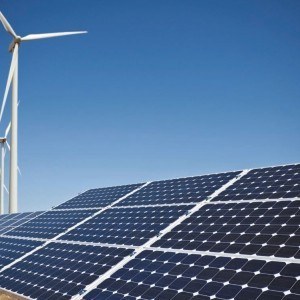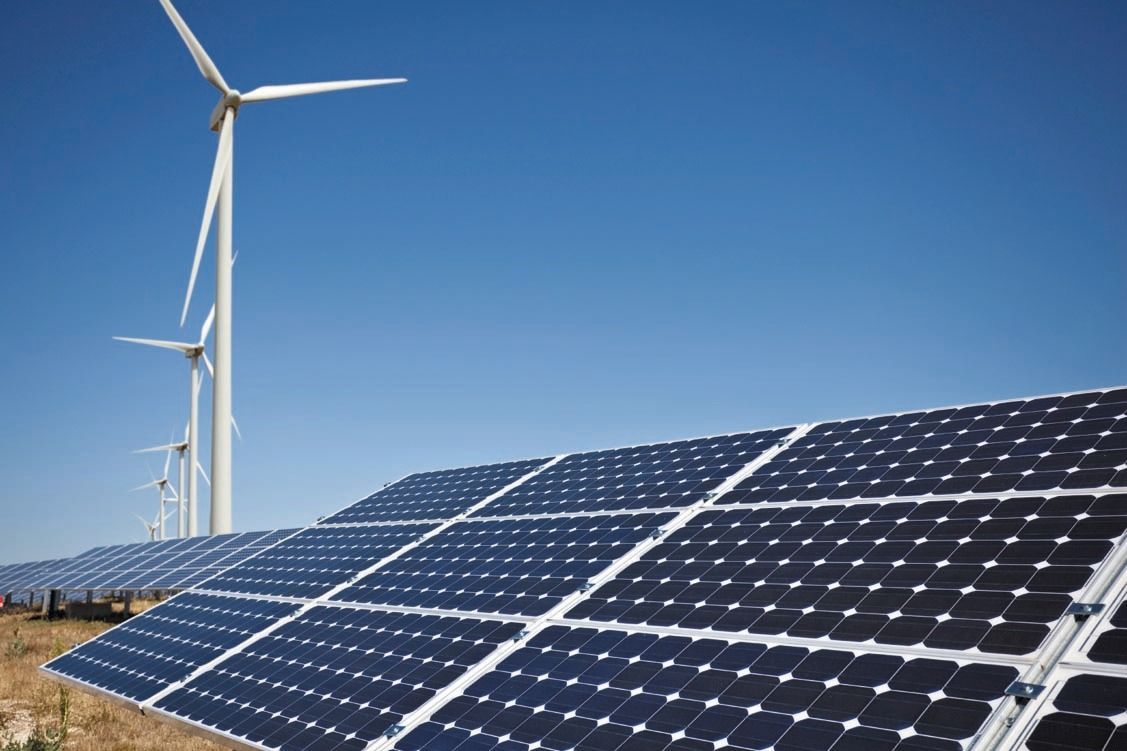Australia’s renewable energy target scheme is designed to ensure that by the year 2020, 20 per cent of the country’s electricity is produced by renewable sources. This plan is envisioned to change the energy generation mix of Australia to cleaner, more varied sources which will not exacerbate climate change concerns.
Small Scale and Large Scale Renewable Energy Target
This renewable energy target scheme began in January 2011 in two distinct types, the Small-scale Renewable Energy Scheme and the Large-scale renewable energy target. By 2012, approximately 29 per cent of South Australian energy came from renewable sources. This number is lifted from data gathered by the Australian Energy Market Operator.
In addition to this glowing figure, when Snowtown II, a 90-turbine extension of the original Snowtown wind farm in South Australia is fully operational, 30 per cent of the state’s electricity requirements will be provided by renewable sources.
This shows how renewable energy sources can quickly and effectively contribute to a region’s energy supply. The South Australian state was fully dependent on fossil fuels for the past 15 years. But today, it is right on target to fully reach its goal of 33 per cent renewable energy by 2020. As everyone can see, South Australia has already surpassed the national renewable energy target of 20 per cent by 2020.
However, there is another side of the coin. There are other climate observers who are considering the recent state of climate science; including legitimate questions on what really is the cause of the seven-year pause in the increase of global surface temperatures. To them, it is just wise to consider the rush to a renewable energy target if it is truly money well spent.
It is obvious that climate change models have failed to predict how the climate will act. This gave undue concern to some climate observers as to what the true sensitivity of the earth’s climate is to the rising levels of atmospheric CO2. They view the renewable energy target as an expensive, knee-jerk policy that is putting billions of dollars into existing technologies that only offer short term solutions. The Australian Coalition government subscribes to a similar view and has expressed it’s desire to review and lower the renewable energy target, while cutting funding to government agencies responsible for investing in and integrating renewable energy technology into the Australian market, like the Australian Renewable Energy Agency (ARENA).
This view is gaining adherents with the reduction of feed-in tariffs and other energy subsidies in Europe, particularly Spain, Britain and Germany. These countries, by the way, are the most avid supporters of global action to cut CO2 emissions. Some European governments are in the belief that the cost benefit of subsidizing renewable energy projects cannot be justified when they are compared with the economic and political cost of high electricity prices.
But by far, the strongest case for the justification of deploying governmental measures against climate change (such as the renewable energy target) is the insurance risk. Even if the worst predictions do not happen, the potential damages that may result if cautionary measures are not utilized would be the height of government irresponsibility.

